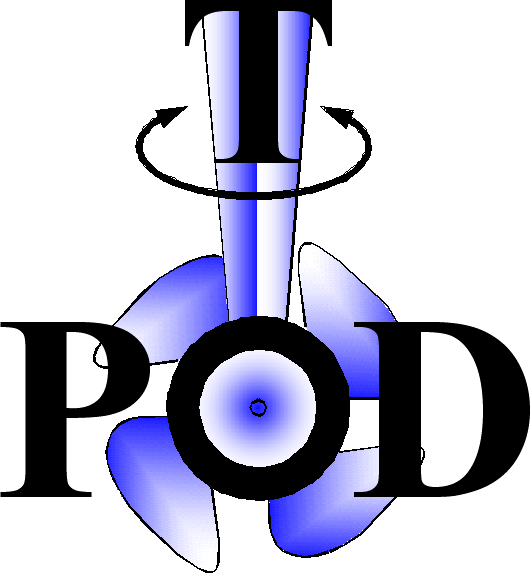


|
|
|
The development of experimental and theoretical techniques for the hydrodynamic and hydroacoustic analysis of conventional and multi-component propulsors is addressed. This activity is performed in the framework of a joint experimental/theoretical research program on marine propulsion of the Italian Ship Model Basin (INSEAN). INSEAN has been developing and implementing a number of measurement tools to address the experimental analysis of marine components. Laser Doppler Velocimetry and Particle Image Velocimetry are among the most successful techniques, and have provided new insights for a better understanding of the complex flow patterns in various propulsion systems, ranging from the standard hull-propeller-rudder configuration to waterjets to thrusters. These techniques are presented here to explore their range of applicability in the case of podded propulsion systems with results that demonstrate their relevance in providing high quality data for the validation of current and future theoretical models. Theoretical predictions are based on a boundary element methodology for the analysis of propellers in inviscid flow. The hydrodynamic solver includes trailing vorticity analysis, sheet cavitation prediction and viscous-flow correction. Radiated noise is evaluated by using either the Bernoulli equation or the Ffowcs-Williams and Hawkings hydroacoustic model. An overview of the experimental and numerical results is also presented. |
|
Send mail to
tpod@ncl.ac.uk with
questions or comments about this web site.
|